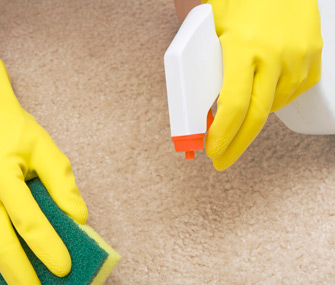What Can I Do About My Dog’s Incontinence?
Published on August 13, 2012

Q. I have a 5-year-old Shepherd mix. When she gets up, there’s often urine on the floor where she’s been laying or sitting. Is there something I can give her to stop the leaking?
A. You’ll need to take her to your veterinarian and have her checked for a bladder infection or some other health condition that can cause involuntary urinary leaking, or that can increase drinking and urination. These include structural problems, endocrine disorders such as Cushing’s disease and diabetes, and factors like obesity that can exacerbate the problem. If it is one of these issues, the underlying problem will need to be addressed before the leaking can be resolved.
If those medical causes are ruled out, ask your veterinarian if your dog could have what’s called hormone-responsive urinary incontinence. (I’m assuming your dog is spayed, of course.) This is a form of urinary leaking caused by a lack of estrogen. This hormone, which naturally drops after spaying, is known to control the ability of a dog’s body to hold in urine when the bladder is full.
Fortunately, hormone-responsive urinary incontinence is usually easy to treat. Your veterinarian can prescribe a medication to tighten the sphincter muscle, which will increase control of the bladder. Another option is some form of estrogen, which replaces what left with the reproductive system when your dog was spayed. There is also a new drug just recently approved by the U.S. Food and Drug Administration that should be available through veterinarians soon. Talk with your veterinarian about which option is best for your dog.

